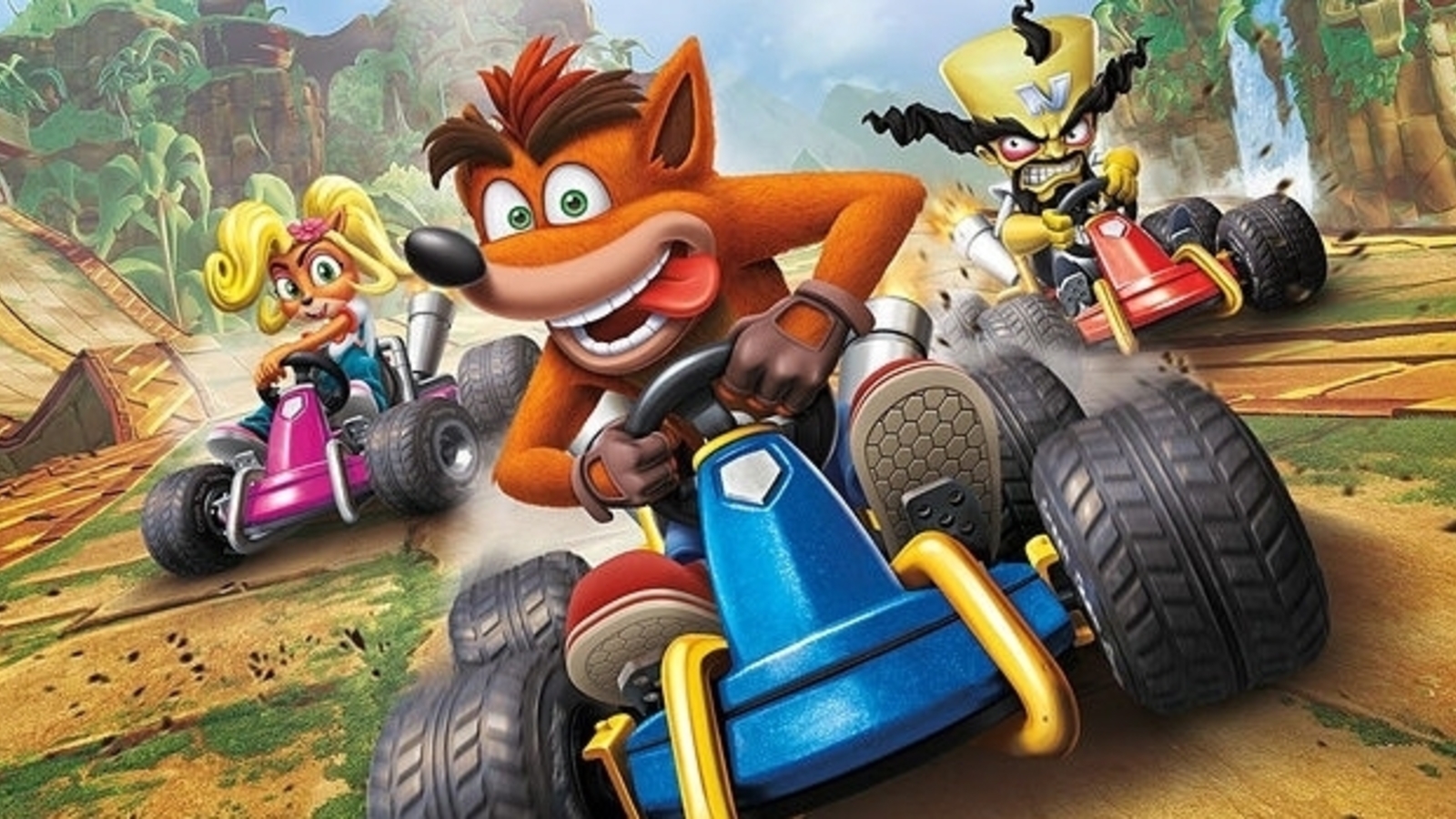As it stands, Pac-Man is one of the most beloved arcade video-games of all-time. Which makes sense, after all, what isn’t to love about the odd-ball character, chasing around ghosts, scarfing down pellets, and doing it all inside the confines of a maze? The game is fun and addictive and was released in a time when the most popular arcade games were space-shooters, creating an all-new genre of its own. The 1980 classic has spawned countless derivatives, even Alien on the Atari tried to imitate its tried-and-true formula.
Of course, Namco wouldn’t want the 1980 classic to be the final word on the character, in the same way that Nintendo wouldn’t have wanted 1981 classic arcade-game Donkey Kong to be the final word on the red-and-blue hopping plumber known to the world only as Jumpman.
That’s why, in 1994, Namco published Pac-in-Time, a video-game developed by Kalisto, featuring Pac-Man on the MS-DOS, Macintosh, Super NES and Game Boy. This isn’t the first attempt by Namco to feature Pac-Man in more complex outings than his arcade crown jewel, for instance, a year prior, Namco released Pac-Man 2: The New Adventures, a side-scrolling point-and-click adventure game.
Unlike Pac-Man 2, however, Pac-in-Time is more that of an action side-scroller that blends elements of plat-forming and puzzle-solving into the mix. The objective to each level is straightforward enough. Each level has a certain number of white dots and completions comes by collecting them all. A range of enemies will try and stop you, most of which, you’re able to defeat using different weapons, such as the ability to shoot fire-balls or through the usage of a giant wooden hammer. Occasionally, you’ll come across a ghost that can only be killed by collecting a power pellet and touching them before the power wears off. That, as well as familiar sound choices, are enough to make it feel like we’re indeed playing a Pac-Man game. Namco was smart by breaking down the basics of what the character represents. He’s yellow, he chases ghosts, and he’s Spider-Man.
That’s right, because in Pac-In-Time, your time will be spent swinging area to area through use of what I suppose would be considered as a whip, although, during game-play, it more resembles that our Pac-friend was bitten by a radioactive spider.
Curiously, Pac-in-Time is the US release of Fury of the Furries, in the original version, you play as Tinies, characters originally seen in the Skweek puzzle-game developed by the French gaming company Loriciel. In other-words, Namco licensed Fury of the Furries and swapped the relatively unheard of Tinies for Pac-Man, a character more likely to sell in the United States. That undermines the idea that Namco was really looking to bring Pac-Man to the front-line of the video-game industry, willing to slap a coat of paint on a different title instead of building an original Pac-Man game from the ground-up, but I digress. To their credit, the Super NES version, while incorporates the same game-play mechanics, is an entirely new game with its own game engine and visuals, whereas the other versions are nearly identical to Fury of the Furries.
As far as visuals are concerned, I’d say Pac-in-Time does rather nicely at depicting its protagonist and I would say that it has a good array of environments for the character to explore through. In-fact, I had wanted to play Pac-in-Time for many years now and all I went off was the visual presentation. It looked like a fun, simple action-adventure and sometimes, that’s all I am really looking for. The objective is a call-back to the arcade-game, and while it can’t stand on nostalgia, overall, the blend of the original sound-effects with unique tunes get the job done in my opinion.
It’s the game-play itself that grew my displeasure with Pac-in-Time, however. At first, the novelty of the concept itself and the game-play’s range of maneuvers allows a certain amount of enjoyment to be had, but it’s a fleeting enjoyment. The concept of collecting assorted pellets is one that grows old and repetitive very fast, it starts to feel like busywork early-on and with it being central to your continuation, its tediousness is unavoidable. Navigation of each level starts to feel that way as well with not a whole lot of sophistication or uniqueness to each level.
In-fact, the main challenge with Pac-in-Time is through the use of that grappling-hook, whip thing, which the developer had a field-day at over-extending the use of. So many parts of level progression have to deal with swinging the rope in just the right way as to throw yourself through a small-crevice or hole, only to have yourself bonked off by one of the enemies. It doesn’t feel as much difficult as it does time-consuming or monotonous because the problem has to do more with how awkward it is to use the hook properly. The platforming aspects are a glaring problem because of how finnicky Pac-Man’s movements are. Trying to make him land on a ledge is difficult, because our character is like a hyper six-year old more interested in bouncing off the walls.
Pac-in-Time isn’t the worst Super NES video-game I’ve ever played by a long-shot, but it, unfortunately, failed at delivering the fun, light-heart experience I wanted, bogged down by horrible movement and repetitive game-play.





